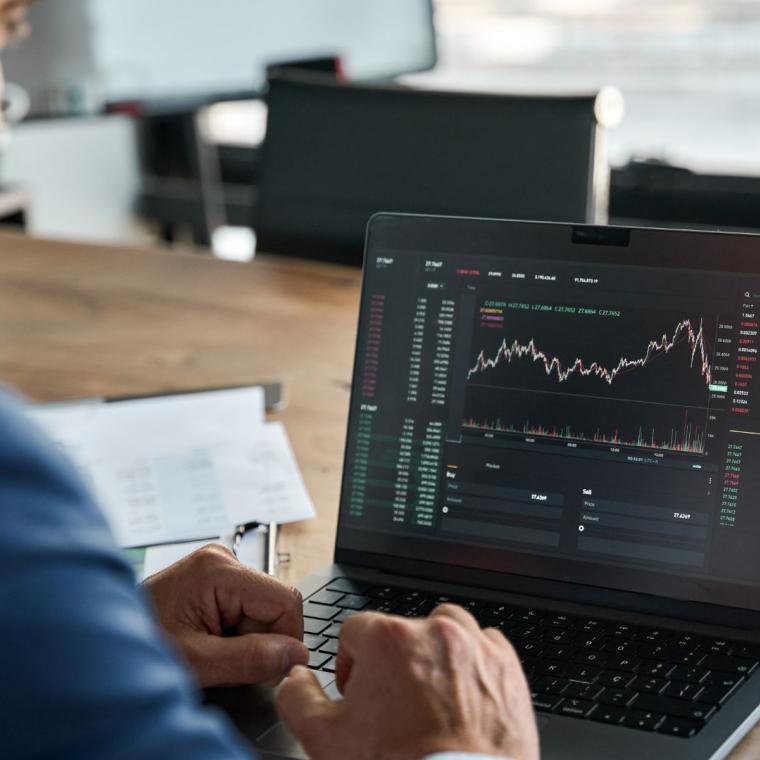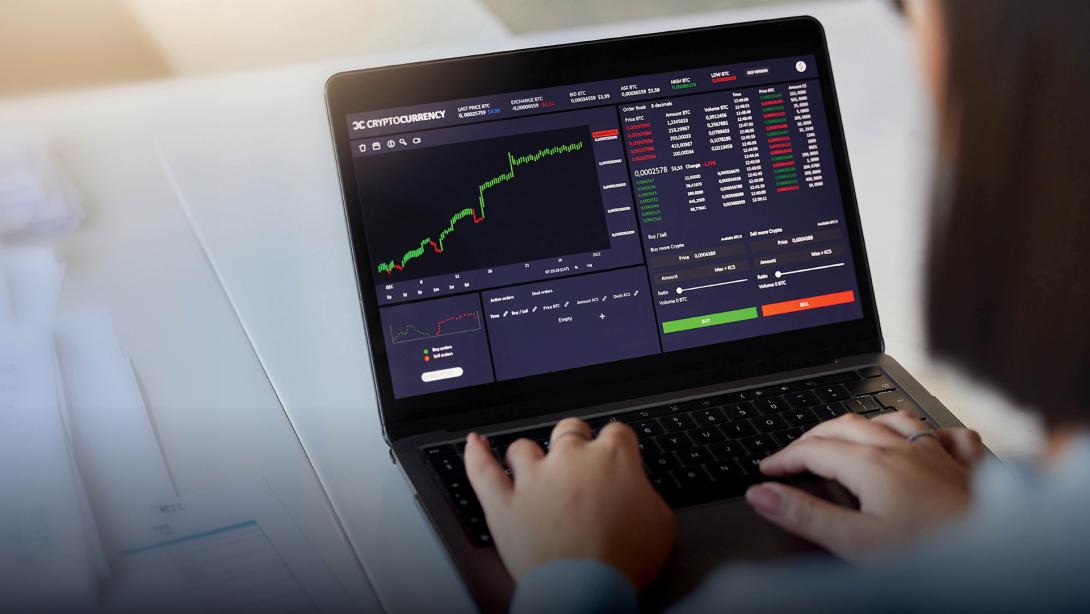
The term "digital asset" encompasses a rapidly growing category of assets existing solely in digital form. While cryptocurrencies like Bitcoin and Ethereum are well-known examples, the landscape extends far beyond. Security tokens, utility tokens, central bank digital currencies (CBDCs), and non-fungible tokens (NFTs) all fall under this umbrella.
Accounting for these assets can be complex and challenging due to the lack of specific guidance within the International Financial Reporting Standards (IFRS) framework. While there are no one-size-fits-all rules yet, this article by Musarrat Modaykhan and Leevyn Isabel navigates the key considerations for ensuring proper accounting treatment.
Cryptocurrencies: a closer look at accounting
At first glance, cryptocurrencies might seem like a straightforward accounting case. After all, they function as a digital form of money. However, the International Financial Reporting Committee (IFRIC) clarified in March 2019 that cryptocurrencies don't meet the definitions set out in IAS 7 (cash and cash equivalents) or IFRS 9 (financial instruments).
This is because cryptocurrencies lack the key features of these categories. They experience significant price swings and aren't legal tender, disqualifying them as cash equivalents. Additionally, they cannot be classified as financial assets because they lack the key characteristics. Unlike financial assets, they don't represent cash, ownership in a company (equity interest), or a contract that guarantees the delivery or receipt of cash or another financial instrument.
But here's where things get interesting. The specific terms and conditions associated with a particular cryptocurrency can influence its accounting treatment. Companies should continuously evaluate these terms to determine the most appropriate IFRS standard. Depending on the circumstances, a cryptocurrency could be classified as:
- Inventory (IAS 2): If the company holds the cryptocurrency for sale in the ordinary course of business.
- Intangible Asset (IAS 38): This is the more likely scenario for most companies holding cryptocurrencies.
Accounting for digital assets under IAS 2: Inventories
For companies treating their digital assets as inventory (held for sale in the ordinary course of business), IAS 2 dictates that they are typically valued at the lower of their cost and net realisable value. This ensures a conservative accounting approach.
However, an exception exists for broker-traders. Recognising their unique business model of profiting from short-term price fluctuations, IAS 2 allows them to measure digital assets at fair value, less costs to sell. This reflects the emphasis on actively managing their digital asset portfolio.
Accounting for digital assets under IAS 38: Intangible assets
IAS 38 defines an asset as something a company controls, obtained from past events, with the expectation of generating future economic benefits. This definition specifically includes "identifiable, non-monetary assets without physical substance" – a perfect fit for most digital assets. Under IAS 38, companies have two options for valuing their digital assets ‘cost’ or ‘revaluation’. Whichever method is chosen, it needs to be applied consistently to all digital assets within the same category.
Measurement models for digital assets
As highlighted above, there are two primary measurement models for digital assets under IFRS:
- Cost model: This model is typically applied on initial recognition of the digital asset. It includes the purchase price and any related transaction costs. Subsequently, the asset is measured at cost less accumulated amortisation and impairment losses.
- Revaluation model: This model can be used for digital assets that are actively traded on an exchange. The key factor here is the existence of an "active market" as defined by IFRS 13. An active market provides frequent and voluminous transactions, resulting in continuous pricing information. Judgement is required to determine if an active market exists for a specific digital asset.
It's important to determine whether the digital asset has a finite or indefinite useful life. Digital assets are more likely to have indefinite lives. An intangible asset with an indefinite life is not amortised but must be tested annually for impairment.
Specific considerations for digital assets
Since digital assets are a relatively new asset class, there's no specific IFRS issued solely for their accounting treatment. As a result, holders of digital assets should:
- Regularly assess the terms and conditions associated with their digital assets.
- Apply the most relevant IFRS standards based on the specific facts and circumstances surrounding the asset.
While IFRIC clarified the accounting references to IAS 38 and IAS 2, digital asset holders still need to continuously re-evaluate their accounting policies to ensure they accurately reflect the treatment of their digital assets.
How can Ocorian help?
We recognise that every client is different and that individual requirements can change both in the short and long term, as personal circumstances or, indeed, the wider world changes. Our private client team build a foundation of close and trusted relationships – making sure your needs and goals are always at the centre of what we do.
We can assist in selecting the most suitable legal structure to hold and manage your digital assets and generate accounting reports to comply with relevant regulations and reporting requirements. Contact our team today for all your digital assets queries.


